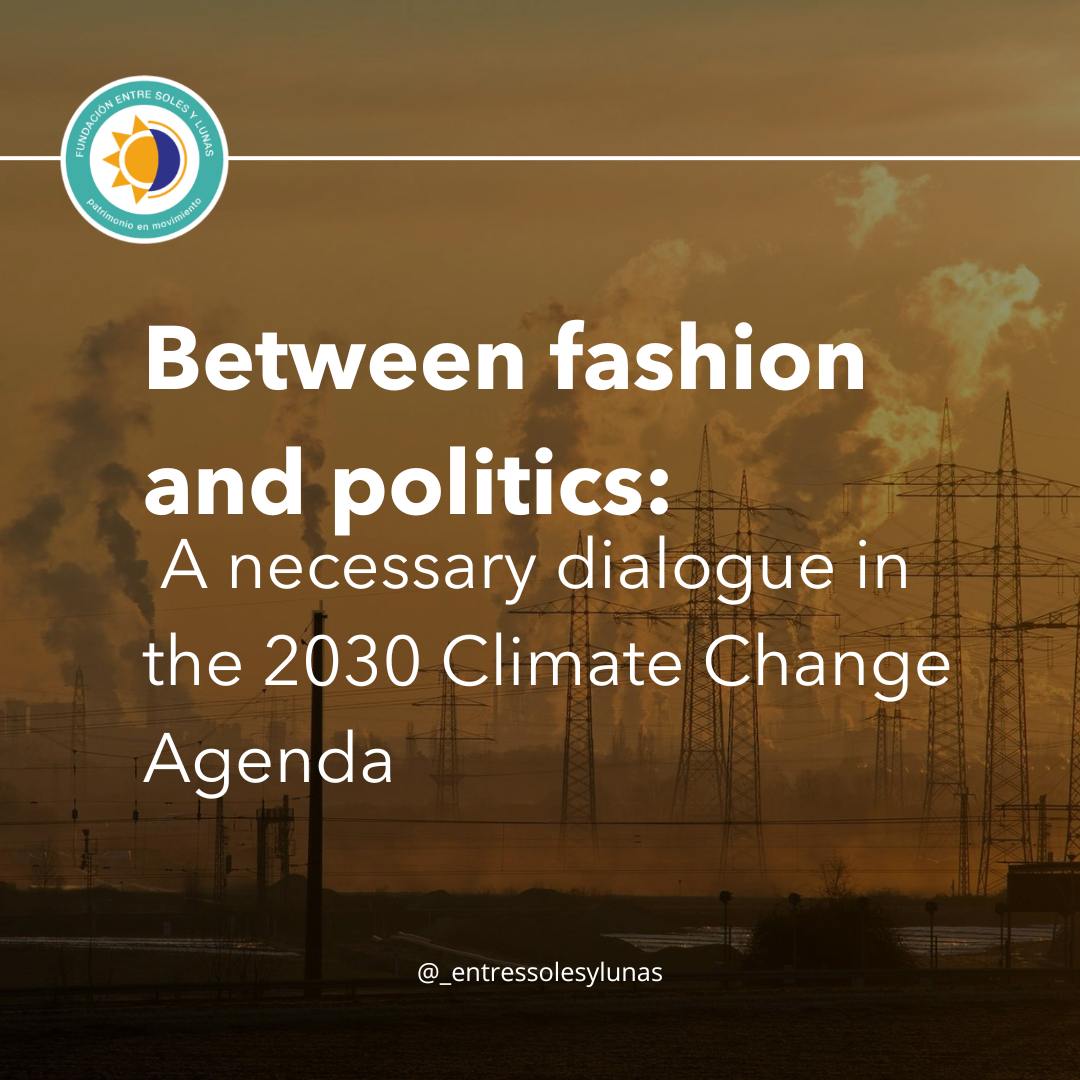By: Paz Coliguante / Translated by: Adriana Serrano
The fight against climate change is one of the more urgent priorities on a global level, and the fashion industry, being one of the most polluting, cannot be left out. It is estimated that this sector is responsible for about 10% of CO2 global emissions and consumes around 20% of the global water resources, generating approximately 9% of the microplastics that end up in the oceans.
A significant example of collaboration between the public and private sector is The Fashion Pact , a proposal launched by French President Emanuel Macron, in which major companies in the Industry commit to collectively implement actions to contribute to a nature-positive and net-emissions future. Its central axes of work are: biodiversity, raw material and lower impact production, and renewable energies. The pact highlights the importance of cooperation, and thus, portrays how representative brands in the market take responsibility of changing their actions to create progress at a large scale, recognizing that the transformation towards a more responsible fashion requires a joint strategy.
Another example of this relationship is the implementation of the EPR law: Extended Producer Responsibility, which requires brands to take responsibility for the recovery of waste generated by the products they sell. Although there is no textile EPR in LATAM, it has been shown in countries such as France that this kind of policy encourages companies to design clothing that is easier to recycle and to invest in infrastructure that allows its posterior reutilization, which promotes circular economy and reduces the carbon footprint.
The joint work between governments, companies, and consumers is essential. Fashion, as a reflection of society, must adapt to the demands of the present to create a more sustainable future. The debt between fashion and politics is still pending, and it is urgent that firm political decisions be made and concrete actions be implemented to transform the industry towards a future that is more eco-friendly and fairer to society.
https://www.vogue.mx/moda/articulo/moda-y-politica-para-una-industria-sustentable
https://www.fashionrevolution.org/the-g7-fashion-pact-what-it-is-and-what-its-missing/
https://www.thefashionpact.org
Capacítate: Retos y oportunidades de la Economía Circular en la cadena textil en Latinoamérica


Leave a Reply